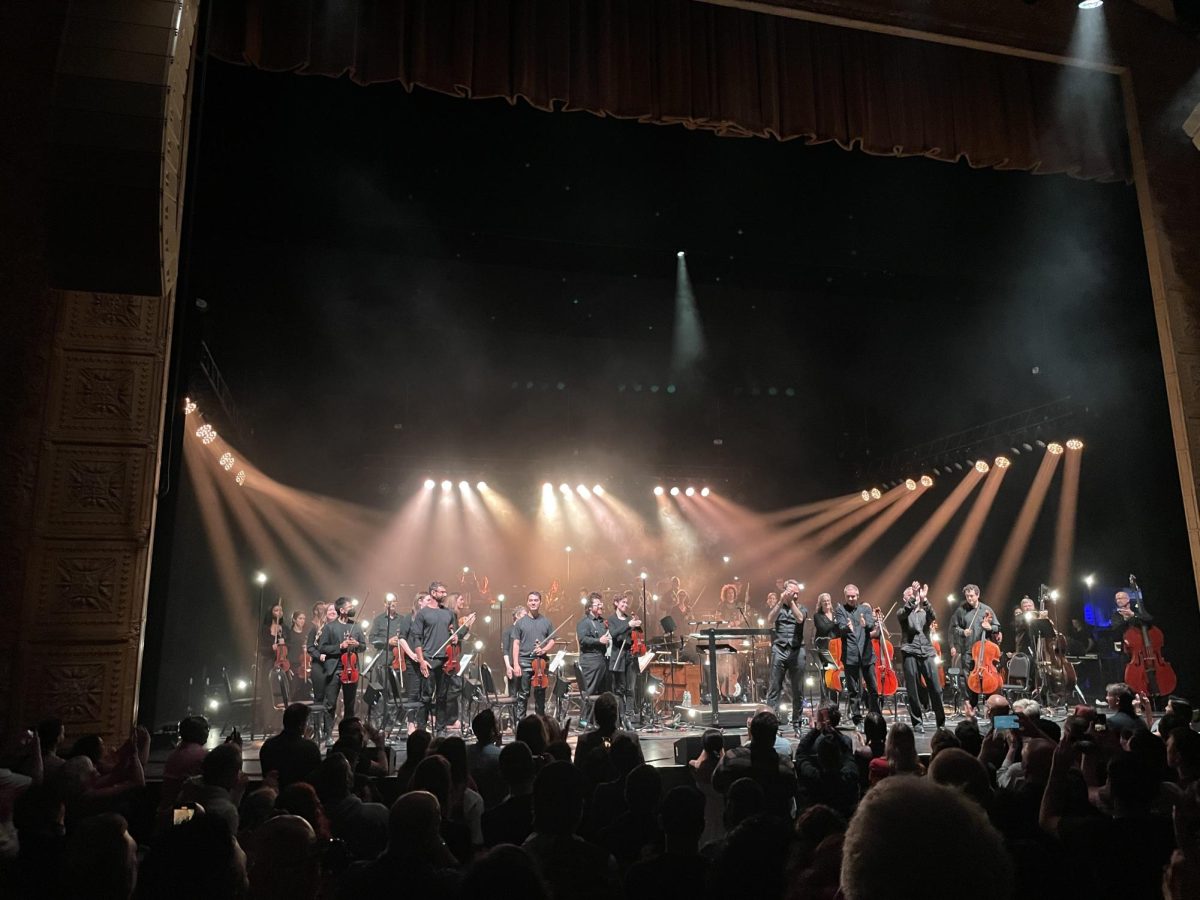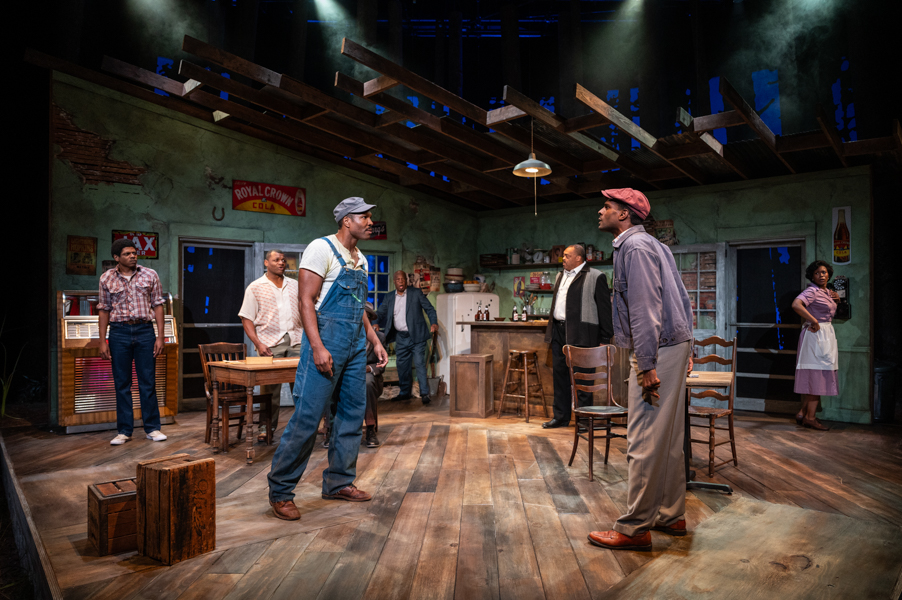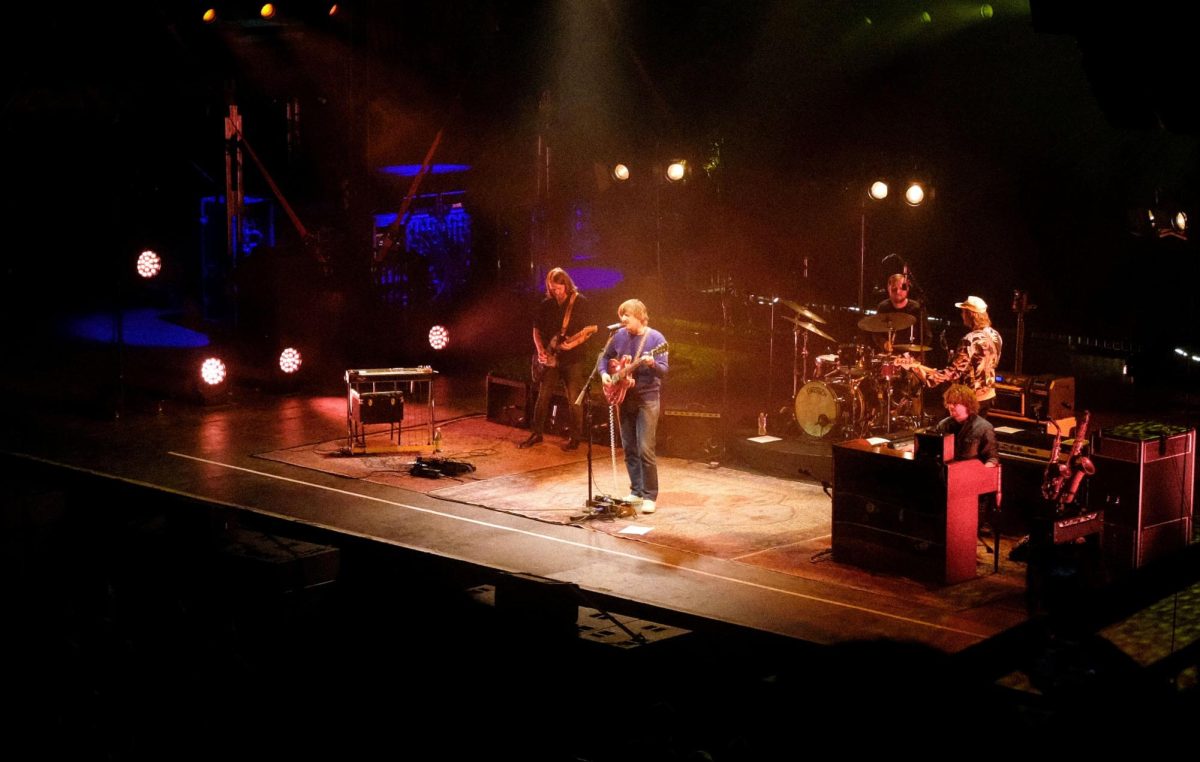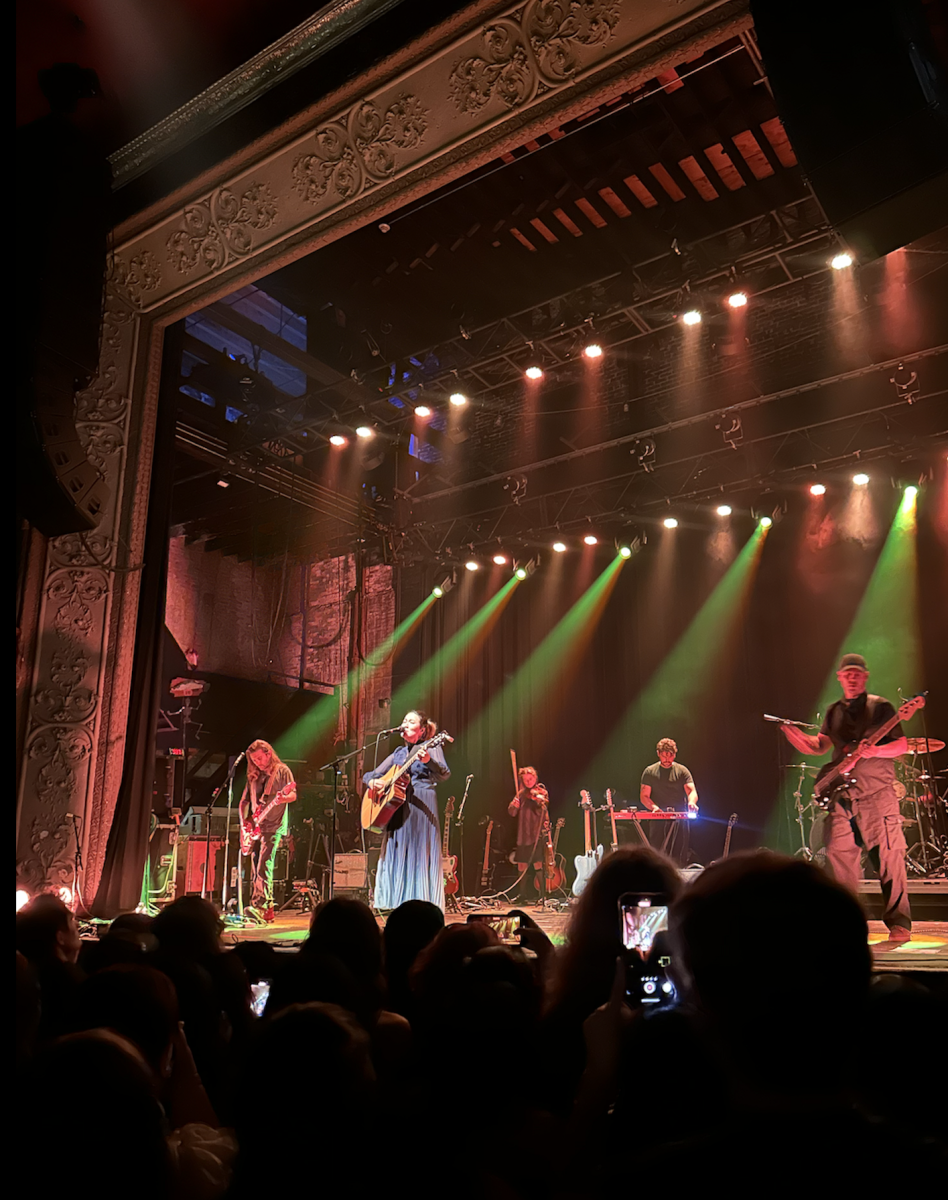Opera would be nothing without its love duets. From Don Giovanni’s touching “La ci darem” to the Duke and Gilda in Rigoletto, Rodolfo and Mimi in La Bohème, and Cio-Cio-San and Pinkerton in “Bimba, bimba” from Madama Butterfly, the mutual expression of passionate affection is a bulwark of the genre. “Bimba, bimba” runs a quarter of an hour—at least three times the length of your normal love duet—but Puccini has nothing on Richard Wagner. Whether Tristan und Isolde features the greatest love duet of all opera, it certainly features the longest—“Esa-Pekka Salonen,” a solid 40 minutes and fully half of the second act. The Chicago Symphony Orchestra (CSO) performed it last Thursday and Saturday, along with the prelude to the first act, in a concert that lasted 90 minutes on the dot (there was no intermission).
Tristan und Isolde is an essentially plotless opera. In Act One, the title characters sail from Isolde’s native Ireland to medieval Cornwall to meet Isolde’s fiancé (in an arranged marriage), who is Tristan’s uncle and king. They drink a love potion and fall in (forbidden) love. In Act Two, which the CSO performed, King Mark goes hunting, Tristan sneaks into Isolde’s chambers, and they have an affair and are eventually discovered by Mark and his henchmen. In Act Three, a wounded Tristan and Isolde are reunited in Tristan’s ancestral Brittany and die in ecstatic love. Wagner’s interest in medievalism is significant, but the plot is little more than an excuse to ruminate on Schopenhauer (one of Wagner’s heroes), here by connecting the Phenomenon to the world of Day (in which love is forbidden by the dictates of Mark’s court) and the Noumenon to Night (in which they can consummate their affair). Even the philosophy, though, is not much more than a hanger on which to present the proverbial de la Renta that is a Wagnerian score—heavy, complex, rich, luxurious, and the musical equivalent of a great novel by Eliot or Proust—often, to further the comparison, lasting five hours in the theater.
Among Wagner’s many innovations (which include dimming the lights during operatic performances) is a vastly expanded orchestra, and his corresponding interest in focusing his soprano parts on the middle of their range forces those who would sing them to have much more powerful voices—capable of cutting through a large orchestra—than those of the lyric sopranos who can float above a (much smaller) orchestra in Donizetti or Gounod. Linda Watson, who sang the role of Isolde, is already being hailed as a singer on par with Jessye Norman, if not quite Birgit Nilsson and Kirsten Flagstad. Watson is a veteran of Bayreuth, the annual Wagner-only festival begun by the composer himself in 1876. I saw her sing Isolde in Los Angeles in 2008, as well as Brünnhilde in Die Walküre in 2009, and although she was superb then, her voice has only become richer. It is a rare thing to have the mixture of power, grace, and artistry that Wagner, who conceives of the voice more like a virtuosic instrument than anything else, requires, but Watson has all of them in spades. Stefan Vinke, playing Tristan, was solid, as was John Relyea (Marke) and the rest of the cast, but none was comparable to the soprano.
We last heard Salonen in the autumn playing Beethoven’s Second Symphony and Berlioz’s Symphonie Fantastique with London’s Philharmonia Orchestra—the group for which he left the Los Angeles Philharmonic—and last season with the CSO in a pair of concerts featuring Bruckner’s Seventh, Sibelius’s Second, his own Violin Concerto, and the prelude to Wagner’s Die Meistersinger von Nürnberg (of which a magnificent production is currently playing at the Lyric Opera). Saturday was the latest demonstration of what Salonen can do when working with an orchestra of his own caliber. I heard, at most, two wrong notes all evening in a score renowned for its stunning complexity; the playing, particularly in the strings, made this performance especially sumptuous. The difference between Salonen leading the Philharmonia and leading the CSO is the difference between an Audi R8, certainly an outstanding car in many respects, and a Bugatti Veyron. In the hands of a world-class conductor like Salonen, there really is no comparison.







